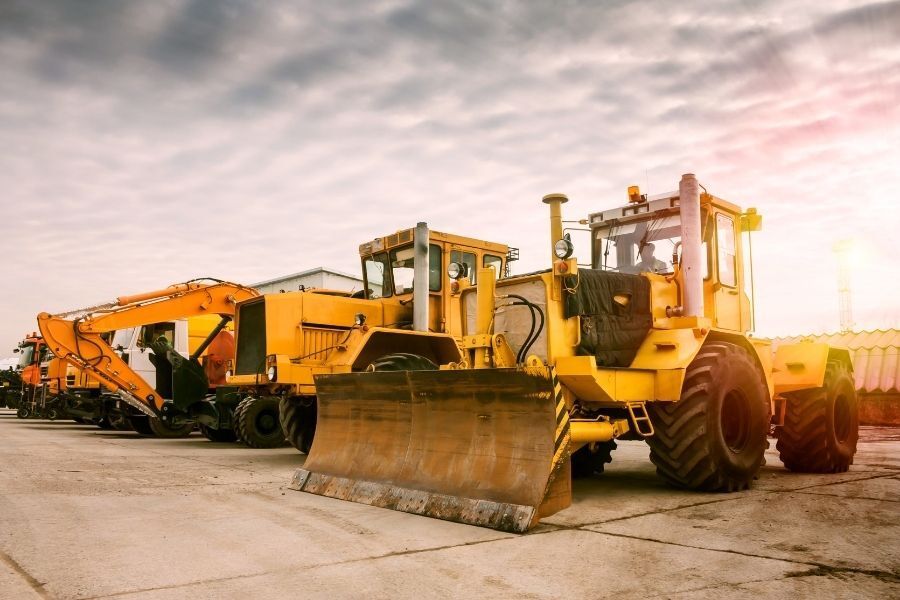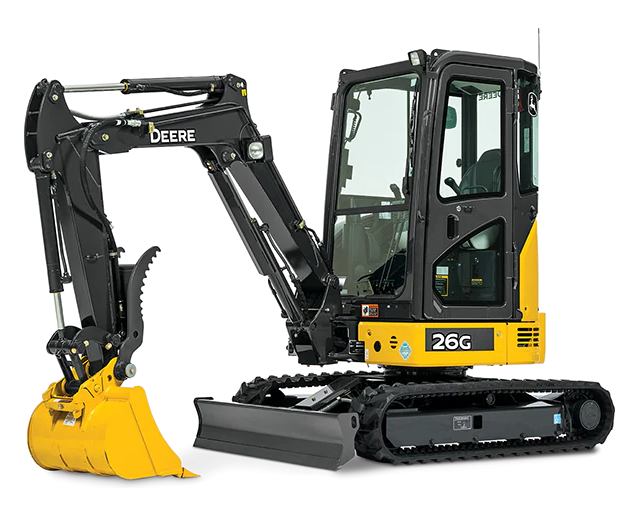Aerial Lift Rental: Versatile Training Solutions for High-Access Jobs
Aerial Lift Rental: Versatile Training Solutions for High-Access Jobs
Blog Article
Maximize Your Spending Plan by Understanding the Costs Connected With Building And Construction Devices Rentals
Recognizing the full range of prices linked with building devices services is important for optimizing your spending plan. What strategies can be employed to successfully take care of these prices and ensure a more efficient rental experience?
Summary of Rental Expenses
When considering construction devices rentals, recognizing the associated prices is critical for reliable budgeting and project planning. Rental costs can differ dramatically based on a number of elements, consisting of equipment kind, period of rental, and location. The initial rental cost typically mirrors the equipment's market demand and its associated functional abilities, affecting the overall cost.
In enhancement to the base rental rate, ancillary expenses might occur, such as transportation costs, gas surcharges, and maintenance fees. It is necessary to represent these added expenses to accurately examine the complete cost of renting devices. Additionally, the rental period can affect rates; longer services may qualify for reduced rates, while temporary leasings could sustain higher daily charges.

Break Down of Rental Rates
An extensive understanding of rental rates is vital for professionals and job supervisors aiming to maximize their budgets. Rental rates for construction equipment normally include numerous elements, including base prices, time-based fees, and usage costs.
Base rates are the core charges linked with the leasing of the equipment, often established by the kind and size of the equipment. These rates can differ substantially, influenced by variables such as devices demand, schedule, and regional market trends. Time-based charges, which might be daily, weekly, or monthly, serve to suit different task timelines and rental durations.
In addition, rental prices may consist of usage costs, which apply when equipment is made use of beyond a specified limit, making certain that the rental business can account for deterioration. Seasonal demand changes can likewise impact rental rates, with peak building periods normally commanding greater rates.
Moreover, recognizing the rental company's plans regarding maintenance and insurance can offer more insight into the total cost structure. By analyzing these elements, contractors can make educated choices, ensuring the selection of rental devices straightens with both project requirements and budget plan restraints.
Extra Charges to Take Into Consideration
Recognizing the details of additional costs is crucial for professionals to manage their overall rental expenses efficiently. Beyond the typical rental prices, different additional fees can considerably impact the complete price of equipment rental. These fees often consist of distribution and pick-up costs, which can differ based upon distance and logistics entailed in transferring the equipment to and from the job website.
In addition, some rental business may impose gas additional charges if the devices is returned with less gas than when rented out. It is also vital to understand potential cleansing charges, particularly for customized tools that needs comprehensive maintenance after usage.

Thoroughly assessing the rental contract and clarifying these added fees ahead of time can assist professionals content stay clear of unforeseen costs and make certain that spending plans stay intact throughout the task lifecycle.
Repair And Maintenance Expenditures
Routine maintenance and fixing expenses are frequently overlooked aspects that can considerably affect the overall price of building and construction devices services. When renting out tools, it is crucial to take into consideration not only the rental charges yet also the prospective prices connected with keeping the equipment in optimum operating condition.
Numerous rental business consist of basic maintenance as part of the rental arrangement; nonetheless, more considerable repairs or unforeseen malfunctions can cause added expenditures. It's important to evaluate the rental contract very carefully to comprehend what upkeep solutions are covered and what duties drop on the renter.
Furthermore, equipment that is not well-maintained can bring about inefficiencies on duty site, possibly triggering hold-ups and raising job expenses. To minimize these dangers, it is a good idea to perform normal inspections and maintain open communication with the rental copyright regarding any kind of problems that develop during use.
Insurance and Responsibility Prices
Insurance coverage and responsibility expenses are vital elements that can considerably impact the total expenditure of building equipment services (boom lift rental). These prices make sure that both the rental company and the customer are secured from potential economic losses emerging from mishaps, damage, or burglary during the rental duration

Additionally, clients need to know any kind of deductibles or exclusions in the insurance coverage, as these can affect prospective out-of-pocket expenditures. Understanding the conditions of any kind of insurance coverage is essential to avoid unforeseen prices. Ultimately, budgeting for insurance coverage and responsibility expenses can aid ensure a smoother rental experience and safeguard versus economic risks related to building and construction projects.
Final Thought
In verdict, an extensive understanding of the expenses linked with construction devices leasings is essential for efficient budget view plan monitoring. By analyzing rental prices, additional charges, maintenance costs, and insurance policy needs, people and companies can decrease unanticipated expenses. This calculated technique not just improves best concrete mixer machine cost-effectiveness however likewise guarantees that jobs progress smoothly and successfully. Inevitably, notified decision-making relating to devices rentals adds to the total success of building and construction undertakings.
Rental prices can vary substantially based on several aspects, including tools kind, duration of service, and location (forklift rental). The rental period can influence prices; longer rentals might qualify for reduced rates, while temporary rentals may sustain higher day-to-day costs
By conducting thorough research study and engaging with trustworthy rental business, service providers can successfully browse the complexities of rental rates, ultimately optimizing their economic resources.
Past the standard rental rates, numerous supplemental charges can considerably affect the total cost of equipment rental. Rental business usually offer responsibility insurance policy that covers injuries to third events or damages to residential or commercial property, while devices damages insurance can cover the cost of repair services or substitute if the rented out equipment is damaged.
Report this page